The U.S. Space Agency Nasa has presented a plan to save humanity from supervolcanos by ‘pricking’ the surface.
Nasa was planning how to best protect our planet from asteroids and comets. They then realized that so-called super-volcanos are a greater threat to life on Earth. This realization prompted NASA to submit to a hypothetical plan to puncture the supervolcano in Yellowstone National Park in the United States. In this way, potentially cool it down.
Brian Wilson of NASA’s Jet Propulsion Laboratory told the BBC:
“I was a member of the NASA Advisory Council on Planetary Defense which studied ways for NASA to defend the planet from asteroids and comets,”
“I came to the conclusion during that study that the supervolcano threat is substantially greater than the asteroid or comet threat.”
Scientists from the Jet Propulsion Laboratory calculated that the supervolcano would have to be cooled by 35% to avoid an eruption – which could be achieved by ‘pricking’ its surface. The idea is that they drill down 10 kilometers in the volcano and then pump down water. The hot water that emerges could act as a thermal power plant for a vast timescale, which would also serve to finance the project, according to NASA.
But to cool down the entire volcano will take hundreds or maybe thousands of years. With today’s technology, it is not possible, some scientists say. After NASA released his plan, some researchers criticized the project and called it impossible, while others saw it as visionary. But the risk of doing nothing is a volcanic winter where people could starve to death all over the world.
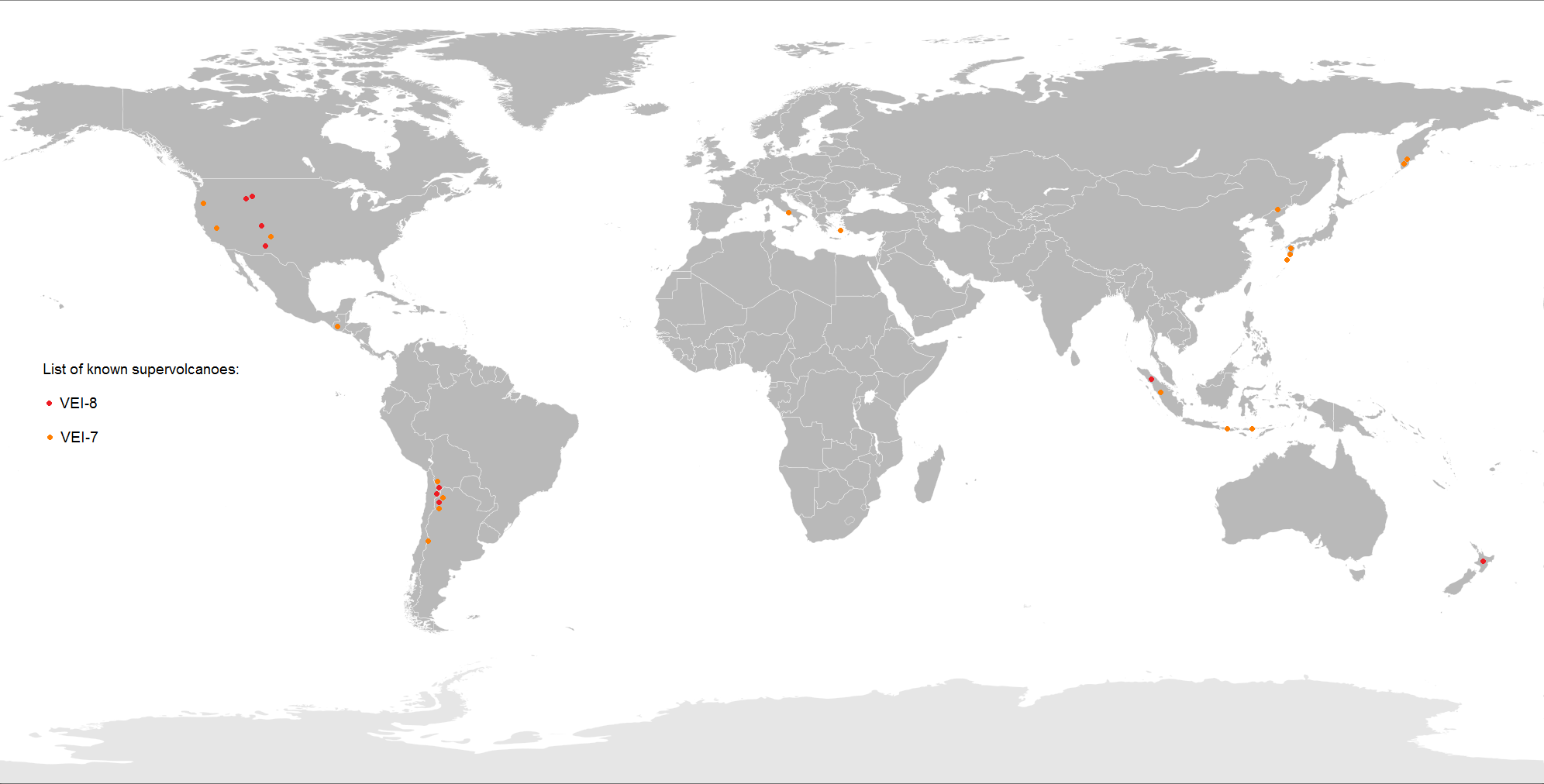
The United States Geological Survey defines a “supervolcano” as an eruption of magnitude 8 on the Volcano Explosivity Index (VEI), meaning the measured deposits for that eruption is greater than 1,000 cubic kilometers. Supervolcanoes occur when magma in the mantle rises into the crust but is unable to break through it and pressure builds in a large and growing magma pool until the crust is unable to contain the pressure.
The Oruanui eruption of New Zealand’s Taupo Volcano (about 26,500 years ago) was the world’s most recent supereruption and a VEI-8 eruption. That eruption released enough lava to coat all of Europe in a 5-centimeter thick layer of magma. According to estimation, it took 17,000 years for the climate to return to pre-eruption conditions.

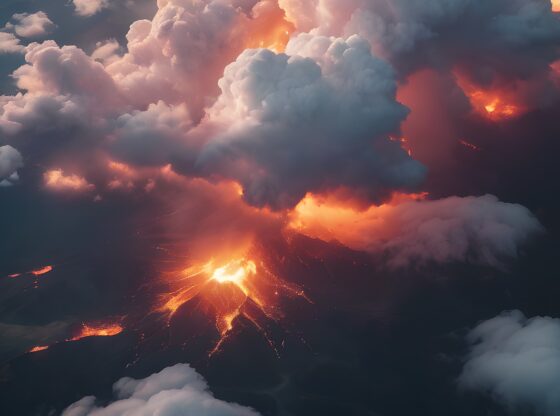
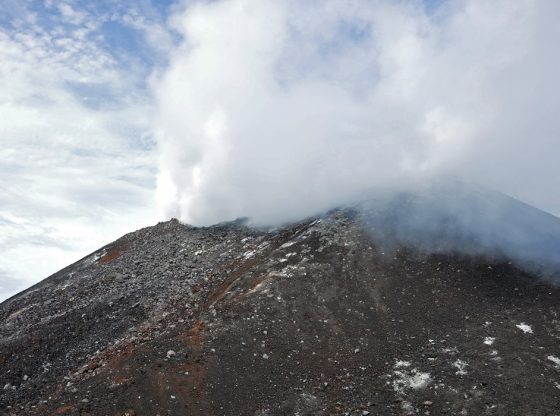
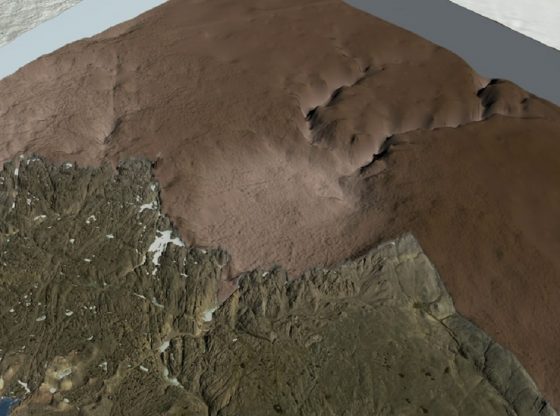
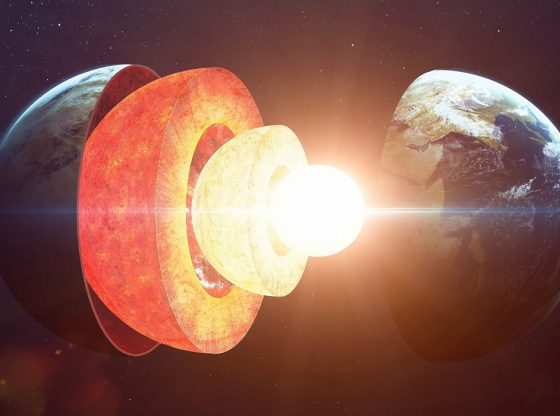
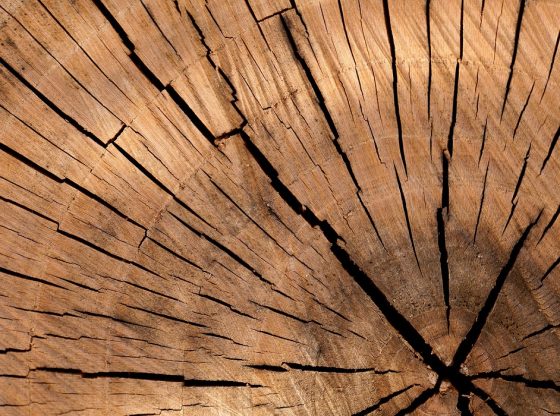
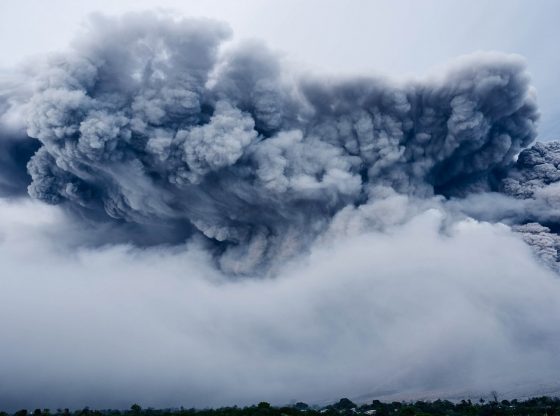

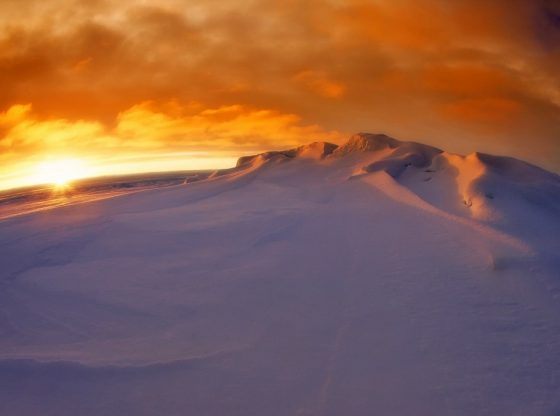
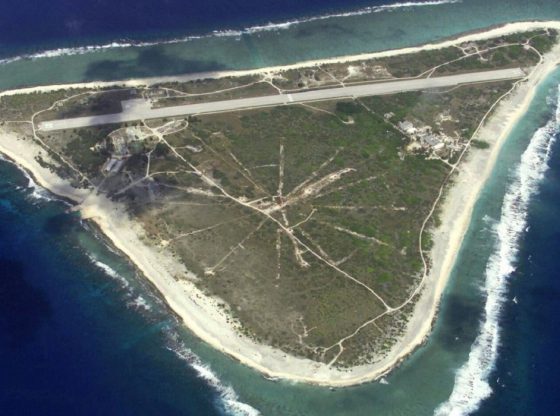
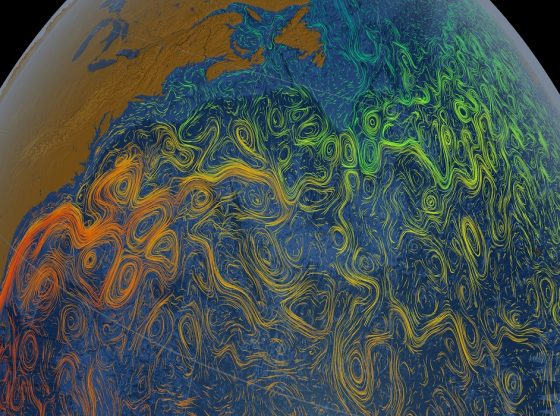
![OpenAI. (2025). ChatGPT [Large language model]. https://chatgpt.com](https://www.illustratedcuriosity.com/files/media/55136/b1b0b614-5b72-486c-901d-ff244549d67a-350x260.webp)
![OpenAI. (2025). ChatGPT [Large language model]. https://chatgpt.com](https://www.illustratedcuriosity.com/files/media/55124/79bc18fa-f616-4951-856f-cc724ad5d497-350x260.webp)
![OpenAI. (2025). ChatGPT [Large language model]. https://chatgpt.com](https://www.illustratedcuriosity.com/files/media/55099/2638a982-b4de-4913-8a1c-1479df352bf3-350x260.webp)








